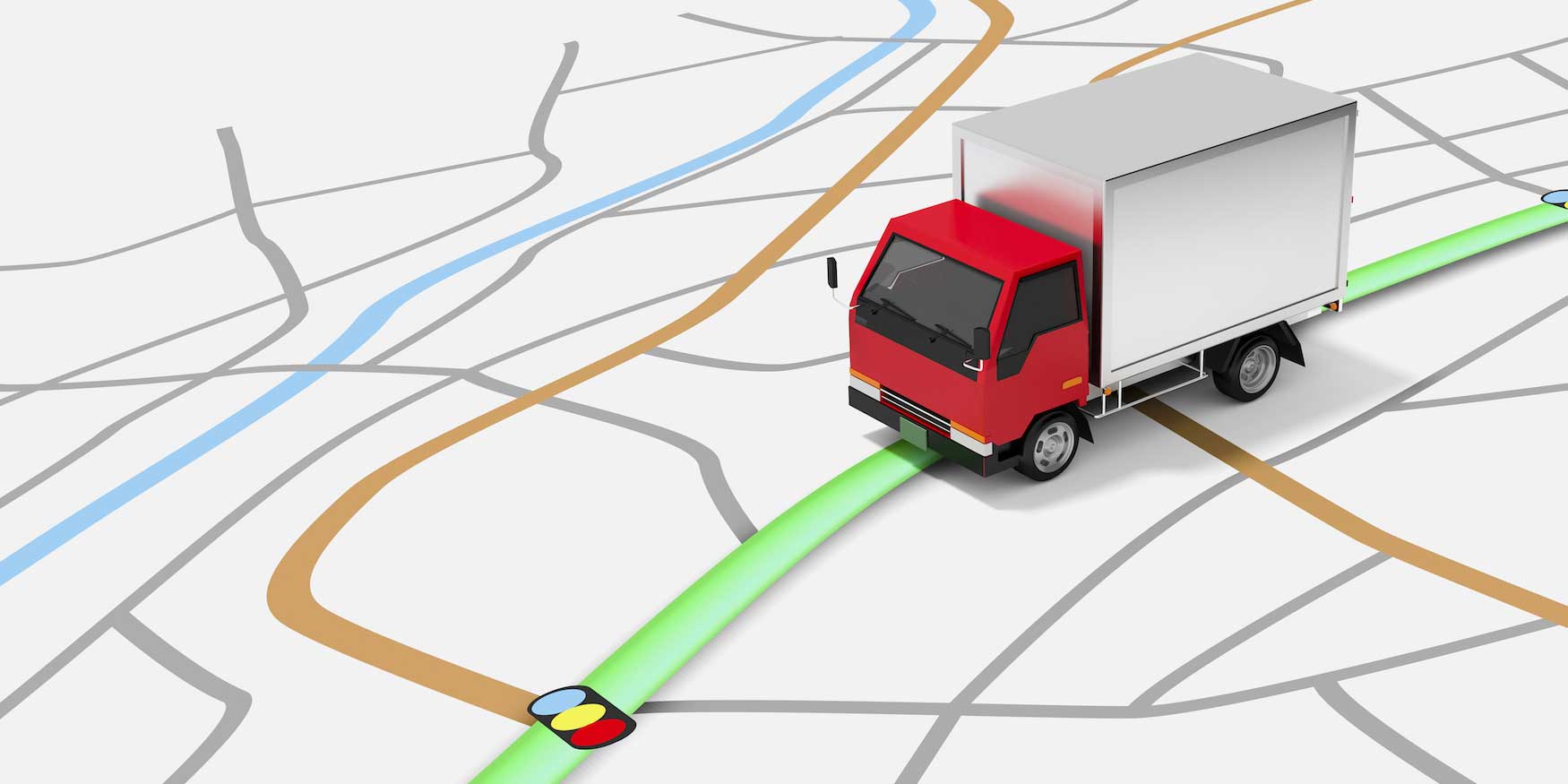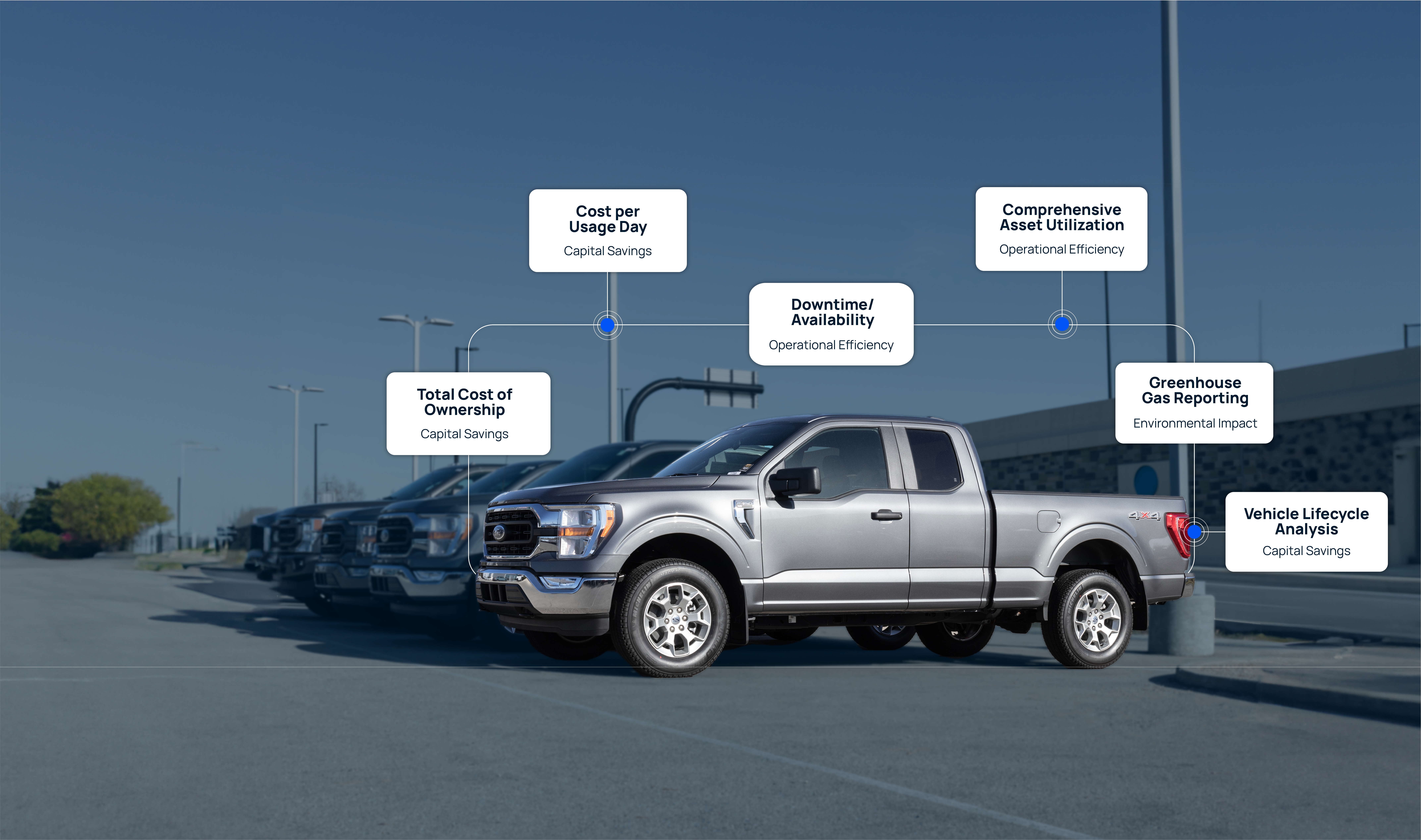
How To Leverage Technology to Manage Complex Fleets
For companies that have complicated fleets and complex routes, technology is the best resource to use to keep tabs on those vehicles and ensure that they are being used as efficiently as possible. Whether a fleet is complex because it has a wide variety of vehicles or because of its size, technology can allow fleet professionals to manage their fleets well. Here are some best practices for implementing technology into the fleet effectively.
Use Technology to Improve Communication
Communication between the fleet manager and the driver can streamline the fleet’s processes and keep drivers on task and on the right route. Technology, such as in-cab navigation systems connected to a fleet management system back at the base of operations, is important to this. With these systems in place, fleet management professionals can alert drivers to the best possible routes for them to take, ensuring that unnecessary mileage is reduced significantly.
Technology also makes it easier for drivers to submit the standard forms required to keep your fleet in compliance and functioning well. Maintenance requests, accident reports and vehicle inspection reports, for example, can all be submitted electronically, saving time and effort on the driver’s part without sacrificing the quality of the fleet’s records.
In order to make communication effective, fleet management professionals will need to do two things. First, they will need to install fleet tracking systems in to all of their vehicles that include in-cab navigation technology. Second, they will need to ensure that all drivers have the ability to connect to the Internet fairly easily while on the road, allowing for the submission of electronic reports.
Use Technology to Improve Fleet Safety
Today’s fleets have a number of technological advances they can use to improve the safety of their drivers. For example, video systems in the cab of the vehicle with backup cameras can help prevent backing up accidents. Driver alerts that monitor driver behavior and alert the drive when he appears to be inattentive can prevent accidents due to sleeping behind the wheel.
Fleet management technology can also be used to improve fleet safety. With the right fleet tracking system, fleet professionals can see driver behaviors, such as excessive speeding, that create a risk for the fleet, and take measures to reduce those behaviors. Because the system automatically tracks drivers and their behavior, the fleet management team does not have to individually track drivers. Instead, they can take action only when a problem arises. This is essential in a complex fleet, as it frees the fleet management team to focus on those areas where changes need to occur.
Use Technology to Improve Fleet Analytics
Fleet analytics are a crucial part of any fleet best practices plan, and technology makes analytics easier. With fleet tracking systems in place, modern fleet managers receive a significant amount of data about their vehicles and their drivers. That data can then be analyzed and used to determine changes necessary to make the fleet run more efficiently. Many systems have fleet analytics tools built in, so the fleet manager simply has to read the report and recommendations, rather than compiling data for himself.
Use Technology to Streamline Routing
Routing is a nightmare for a complex fleet. It requires keeping tabs on all types of vehicles, and their drivers, at all times of the day, so the fleet management team can dispatch the closest vehicle to meet the next customer’s needs. Technology makes this easier to do, streamlining the efficiency of the fleet and cutting down on wasted fuel.
With GPS fleet tracking, fleet management professionals can know real time data about where their trucks are and how fast they are traveling. This can then allow the fleet manager to dispatch efficiently when a call comes in. In addition, many systems map traffic flow as well, so the fleet manager can route drivers around traffic backups, improving on-time deliveries and arrivals. This, in turn, will boost customer satisfaction.
Use Technology to Improve Maintenance
A complex fleet is a headache to maintain, yet fleet best practices require proper maintenance of fleet vehicles. With the help of technology, maintenance becomes easier. Fleet tracking systems can monitor routine maintenance and alert drivers or fleet professionals when it is time to get a vehicle serviced. Monitoring systems built into modern vehicles can provide alerts when something is malfunctioning, providing the fleet professionals the chance to get maintenance done before a failure occurs.
Technology is changing the face of the modern fleet, and for fleet professionals who have complicated fleets to manage, that is good news. With these strategies, even the most complex fleet can run efficiently and effectively, exceeding customer expectations while lowering expenses at the same time.



